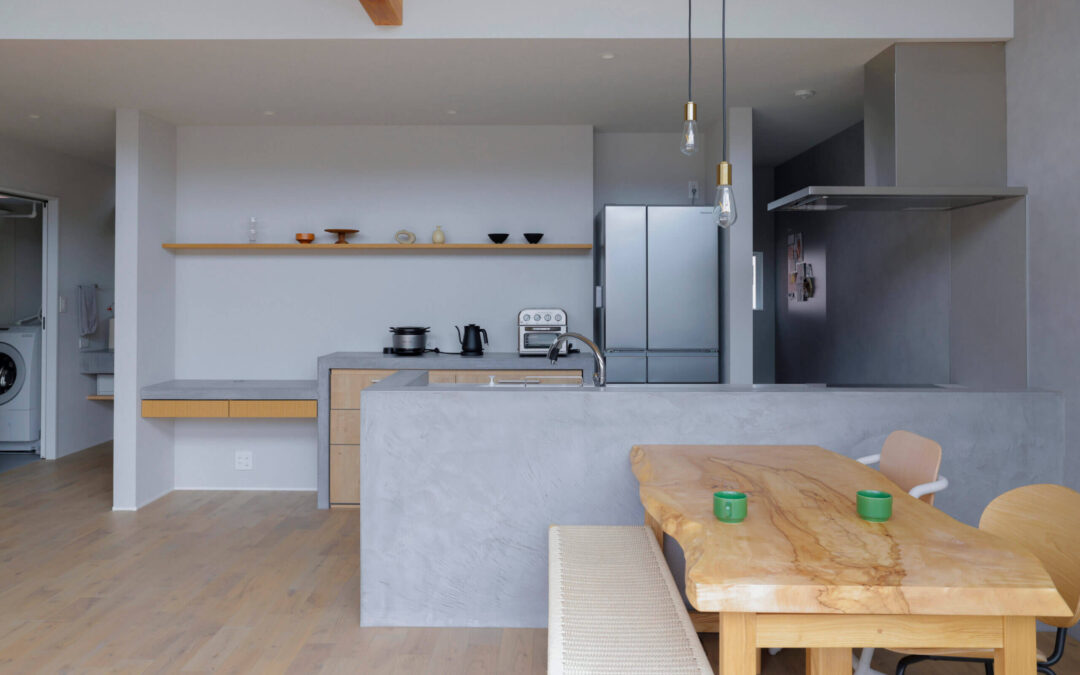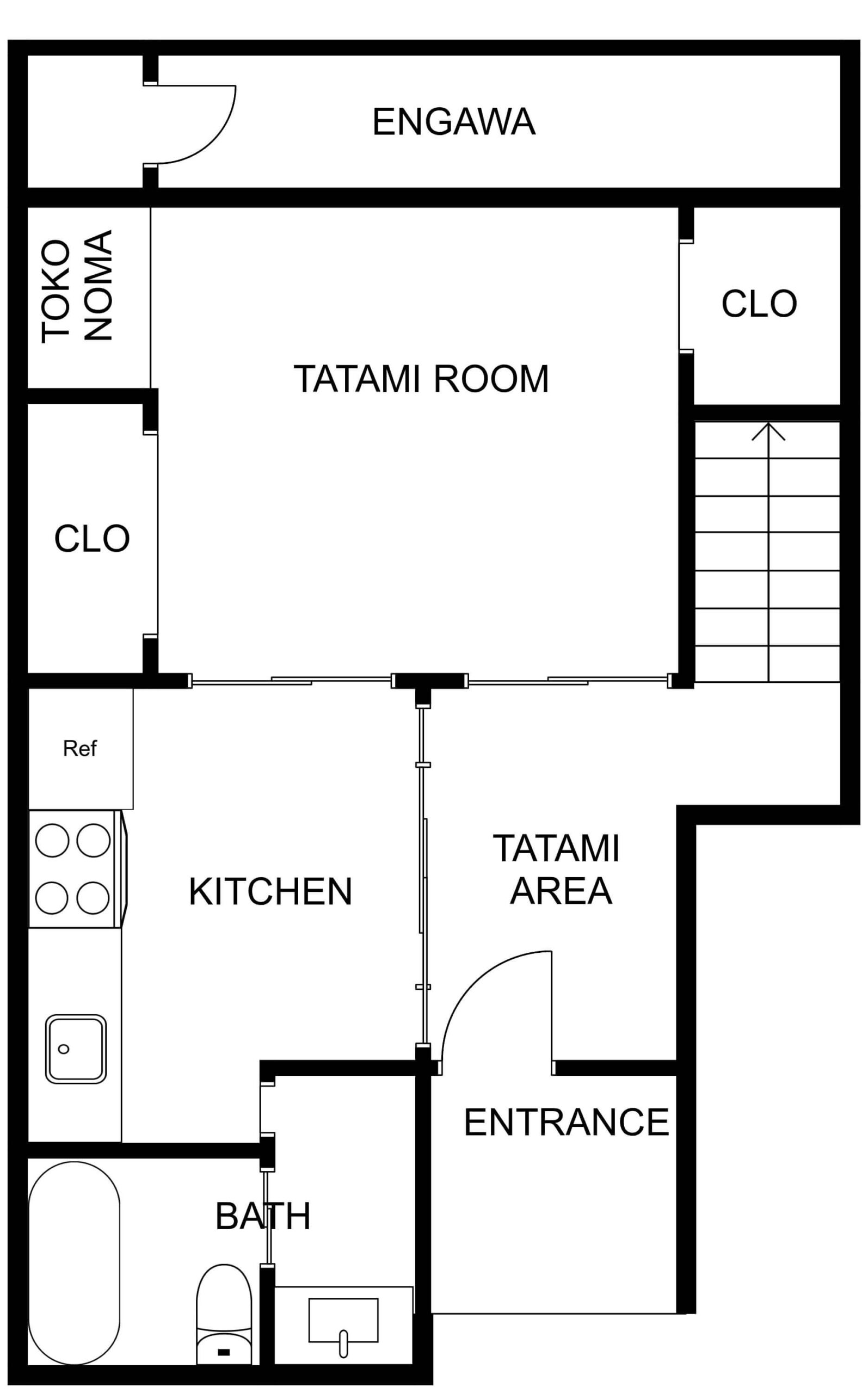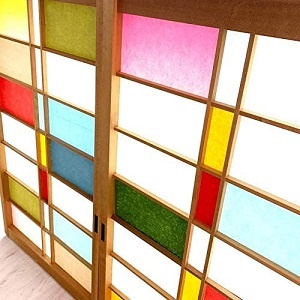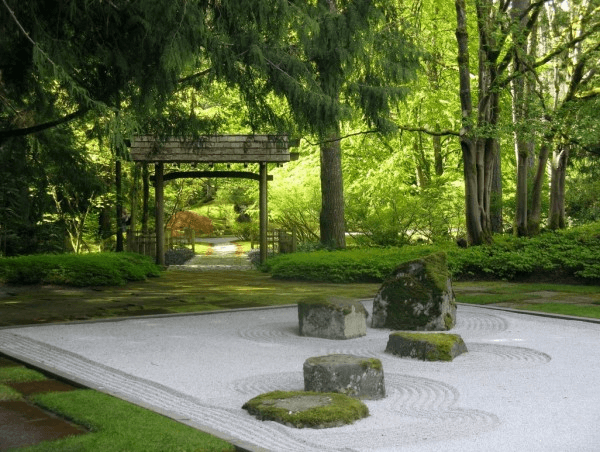When it comes to home interior design, few styles offer the serenity and elegance of a Japanese aesthetic. In particular, the Japanese kitchen design embodies the principles of simplicity, functionality, and harmony. This style not only creates a visually appealing space but also fosters a calming atmosphere that promotes culinary creativity.
Minimalism: Less is More
At the core of a Japanese kitchen design lies the principle of minimalism. This approach emphasizes clean lines, uncluttered spaces, and a focus on essential elements. To achieve a minimalist aesthetic, start by decluttering your kitchen and opting for sleek, streamlined storage solutions. Hide away appliances and utensils that are not in use, and keep countertops clear of unnecessary items.
Embrace neutral colors like white, beige, or light wood tones to create an open and airy feel, allowing the kitchen to become a sanctuary of simplicity.
Functional Simplicity: Purposeful Design
Functionality is a fundamental aspect of Japanese kitchen design. Every element in the kitchen should have a purpose and contribute to the smooth workflow. Consider incorporating a well-thought-out layout that optimizes efficiency, with the sink, stove, and refrigerator forming a functional triangle.
Choose high-quality, durable materials that can withstand the demands of daily cooking while retaining their elegance. Bamboo, natural wood, and stone are popular choices that bring warmth and authenticity to the space.
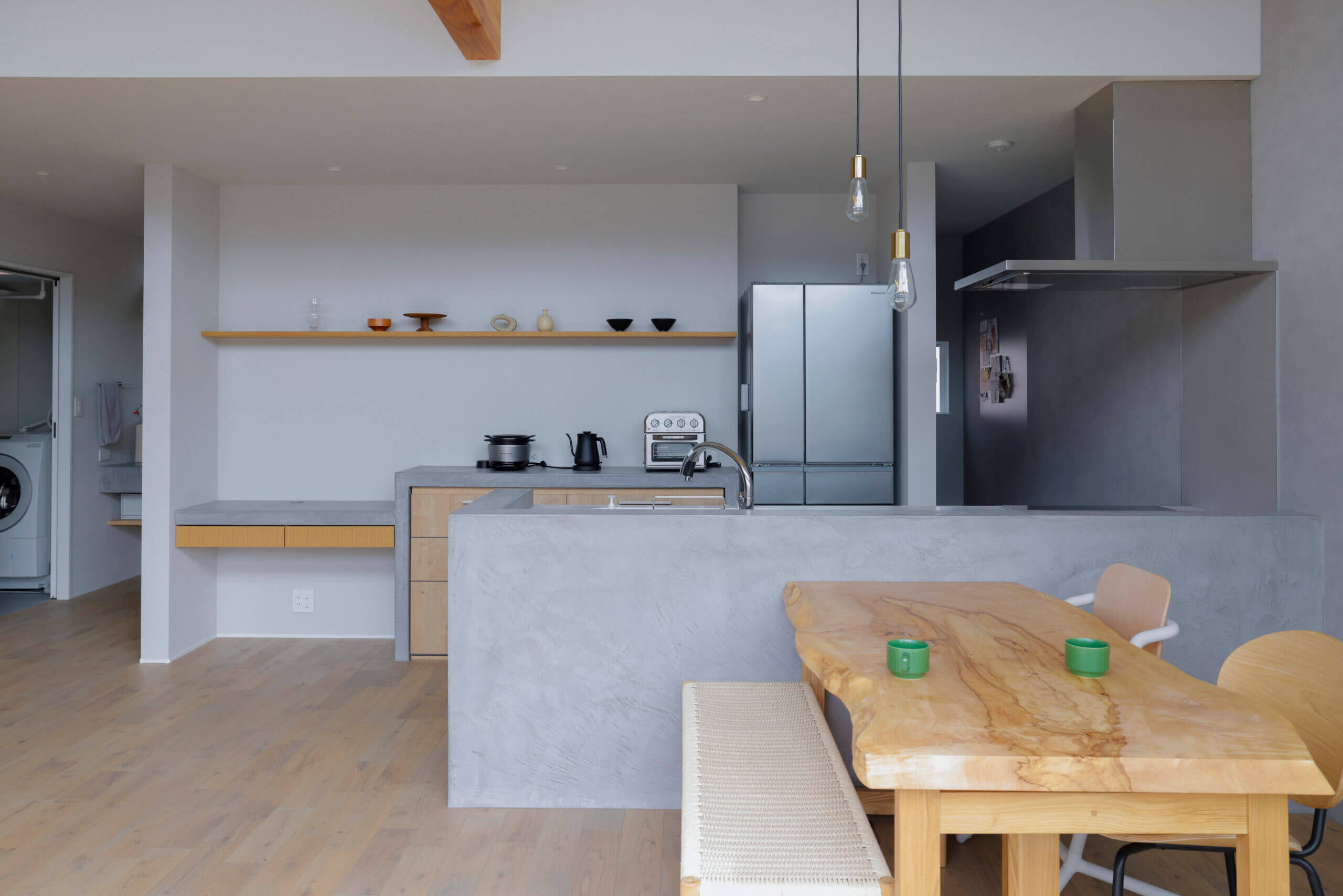
Image Source @ ALTS Design
Natural Light and Organic Elements
Japanese design embraces the concept of bringing the outside in, and the kitchen is no exception. Maximizing natural light is essential, as it creates a sense of openness and connection to nature. Consider adding large windows or skylights to allow ample sunlight to flood the space.
Incorporate indoor plants or a small herb garden to infuse the kitchen with a touch of greenery and tranquillity. Additionally, integrate organic elements such as pebbles, water features, or natural textures in the form of wooden countertops or woven bamboo mats to evoke a sense of harmony with nature.
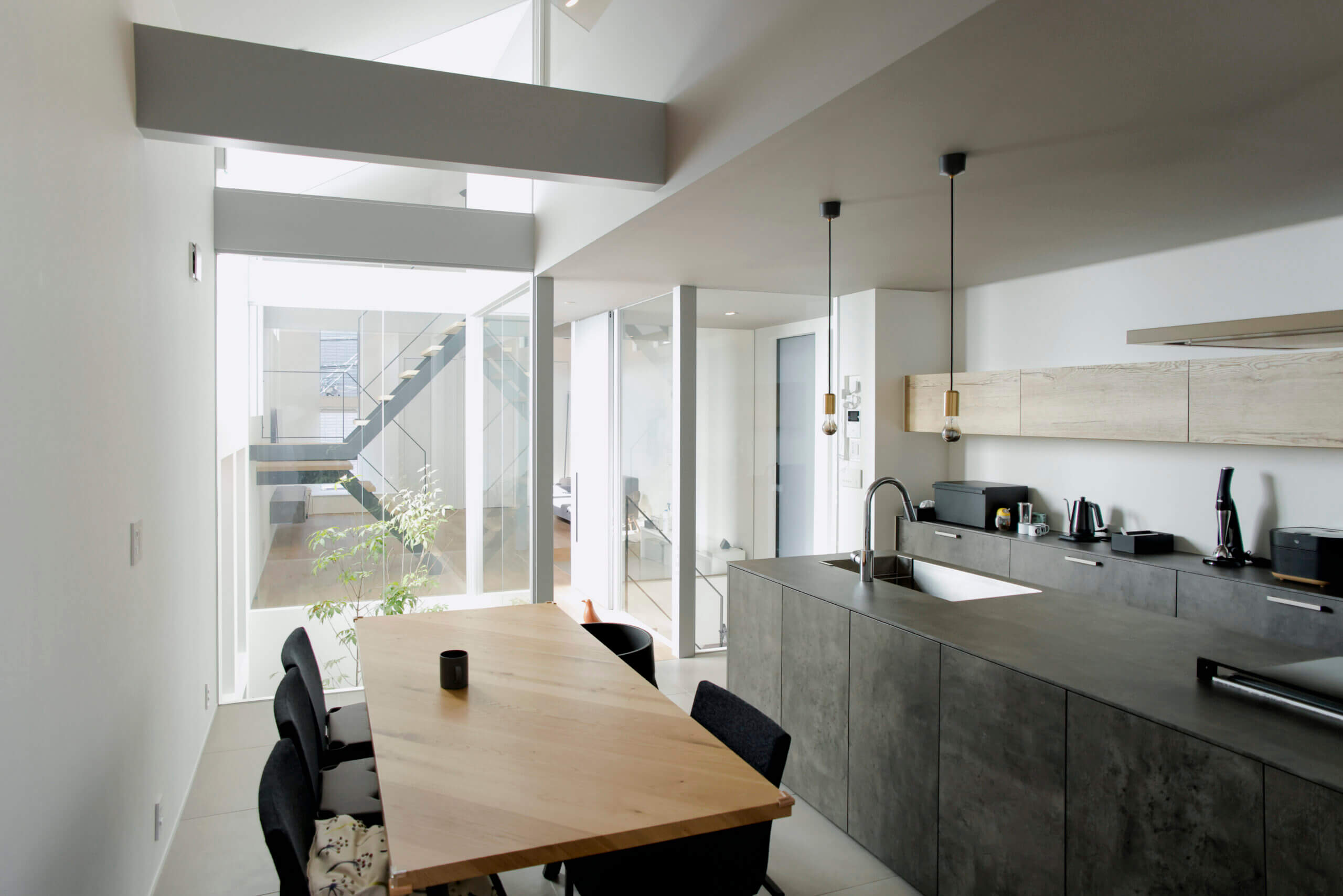
Image Source @ ALTS Design
Zen-Inspired Accents and Décor
To truly capture the essence of Japanese kitchen design, pay attention to the small details and accents. Introduce subtle Zen-inspired elements such as a minimalist tea set, delicate porcelain dishes, or a traditional Japanese knife set displayed on a wall-mounted magnetic strip.
Incorporate sliding doors or screens made of rice paper to create an authentic Japanese ambiance. Hang simple, framed artworks depicting nature scenes, calligraphy, or traditional Japanese prints to add a touch of sophistication and cultural richness.
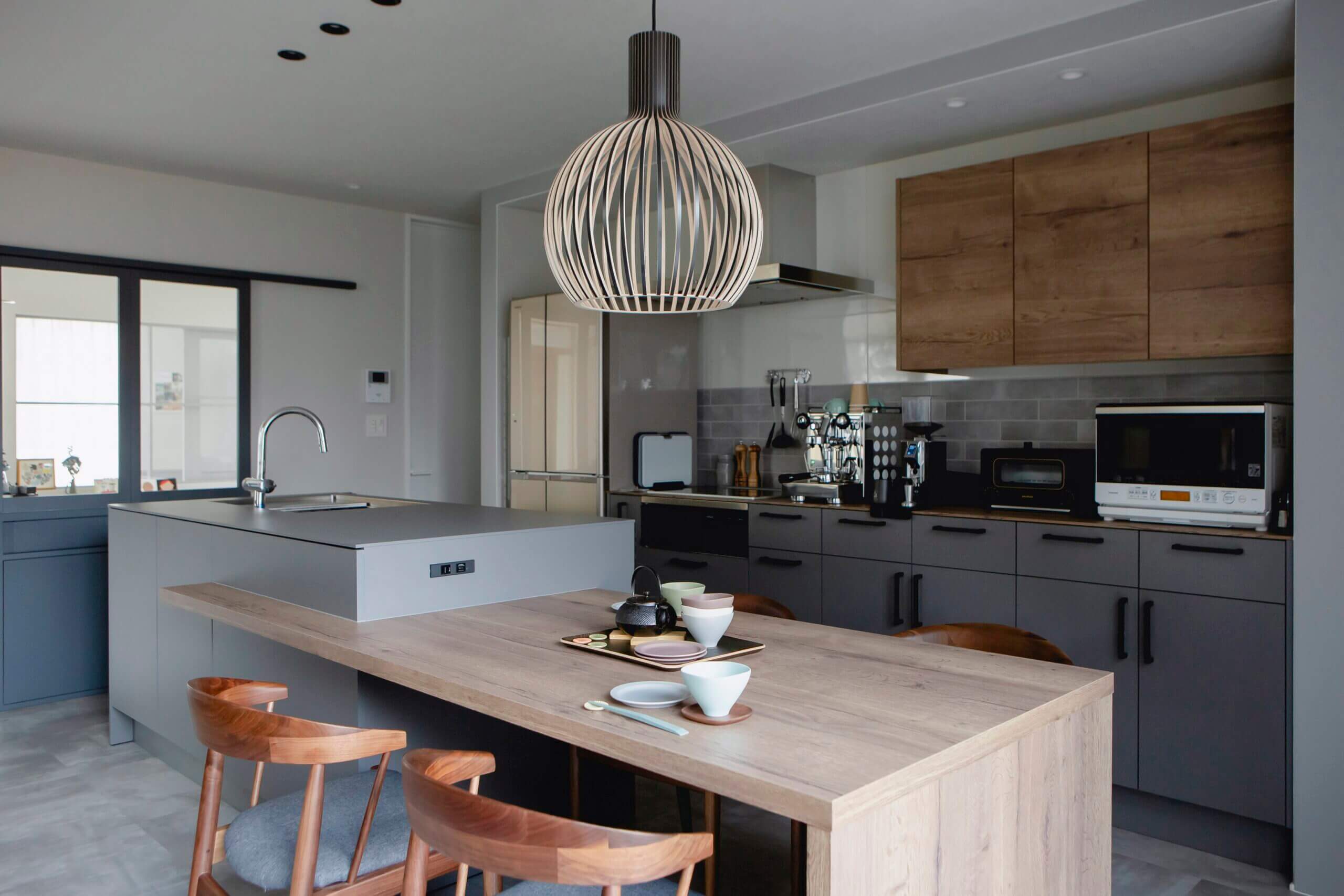
Image Source @ ALTS Design
Building a Japanese-style kitchen involves incorporating specific design elements, materials, and functional considerations. Here are some key steps to help you create a Japanese-style kitchen:
Research and Plan:
Familiarize yourself with Japanese kitchen design principles, aesthetics, and cultural elements.
Gather inspiration from books, magazines, online resources, and real-life examples of Japanese kitchens.
Determine the specific elements and features you want to incorporate into your kitchen.
An insider’s look at the myriad styles of private homes of Japan, showing how Japanese interior design continues to evolve in a new era.
Layout and Flow:
Optimize the layout for efficiency and functionality, keeping in mind the concept of a functional triangle between the sink, stove, and refrigerator.
Ensure that there is ample space for food preparation, cooking, and storage.
Consider incorporating an open floor plan or sliding doors to create a seamless connection between the kitchen and dining/living areas.
Image Source: Floorplan Layout by Smartvuez
Embrace Minimalism:
Declutter the space and prioritize essential items while keeping countertops and surfaces free of unnecessary objects.
Choose clean lines, simple shapes, and unadorned surfaces to achieve a minimalist aesthetic.
Select built-in storage solutions to maintain a streamlined appearance and maximize space efficiency.
Authentic Materials:
Utilize natural and authentic materials such as bamboo, wood, stone, or paper screens (shoji) to create a traditional Japanese atmosphere.
Opt for high-quality, durable materials that can withstand the demands of a kitchen environment.
Consider incorporating traditional Japanese craftsmanship, such as handcrafted wooden cabinetry or ceramic tiles.
It is a colored Japanese shoji paper that can make your room stylish. It can be used for all kinds of shoji products such as shoji screens, shoji doors (Japanese sliding door), shoji blinds, shoji dividers, shoji panels, and shoji windows.
Neutral Color Palette:
Choose a neutral color palette with soft hues such as white, beige, light gray, or natural wood tones.
These colors create a sense of calmness, serenity, and harmony that are characteristic of Japanese design.
Lighting and Natural Elements:
- Maximize natural light by incorporating large windows, skylights, or light tubes.
- Enhance the connection with nature by adding indoor plants, a small herb garden, or bonsai trees.
- Consider installing soft ambient lighting fixtures to create a warm and inviting atmosphere during evenings.
Authentic Japanese Décor:
- Select traditional Japanese elements as accents and décor, such as tatami mats, sliding doors (fusuma or shoji), and decorative fans (uchiwa).
- Incorporate Japanese-inspired artwork, calligraphy, or prints that depict nature, cherry blossoms, or traditional landscapes.
- Display minimalist tea sets, ceramic dishware, or artisanal kitchen utensils as decorative pieces.
Functional Equipment:
- Choose energy-efficient and technologically advanced kitchen appliances that blend seamlessly into the design.
- Opt for high-quality knives, bamboo cutting boards, and traditional Japanese cookware to enhance the authenticity of the space.
Attention to Detail:
- Pay attention to small details, such as door handles, faucet design, and light switches, to maintain a consistent Japanese aesthetic.
- Ensure that the overall design and materials used reflect the harmony and balance sought in Japanese culture.
Seek Professional Help:
- If you’re not confident in designing and building a Japanese-style kitchen on your own, consider consulting with a professional designer or architect who specializes in Japanese design principles.
- They can provide valuable guidance, recommend appropriate materials, and help you create a kitchen that captures the essence of Japanese style.
Remember, building a Japanese-style kitchen is an opportunity to embrace the art of simplicity, functionality, and natural beauty. By carefully considering each design element and incorporating authentic Japanese elements, you can create a space that embodies the essence of Japanese design while fulfilling your culinary needs.
Embracing the essence of a Japanese kitchen design allows you to create a harmonious space where simplicity, functionality, and beauty converge. By incorporating the principles of minimalism, purposeful design, natural light, and organic elements, you can transform your kitchen into a tranquil haven that inspires culinary creativity.
A Japanese kitchen design is not just about aesthetics; it is a way of life that encourages mindfulness, balance, and an appreciation for the art of cooking. So, go ahead and embark on this transformative journey, and let your kitchen become a serene retreat where you can embrace the essence of Japanese design.
This post contains affiliate links, which means we may receive a small commission, at no additional cost to you, if you make a purchase through these links.
More Reads

